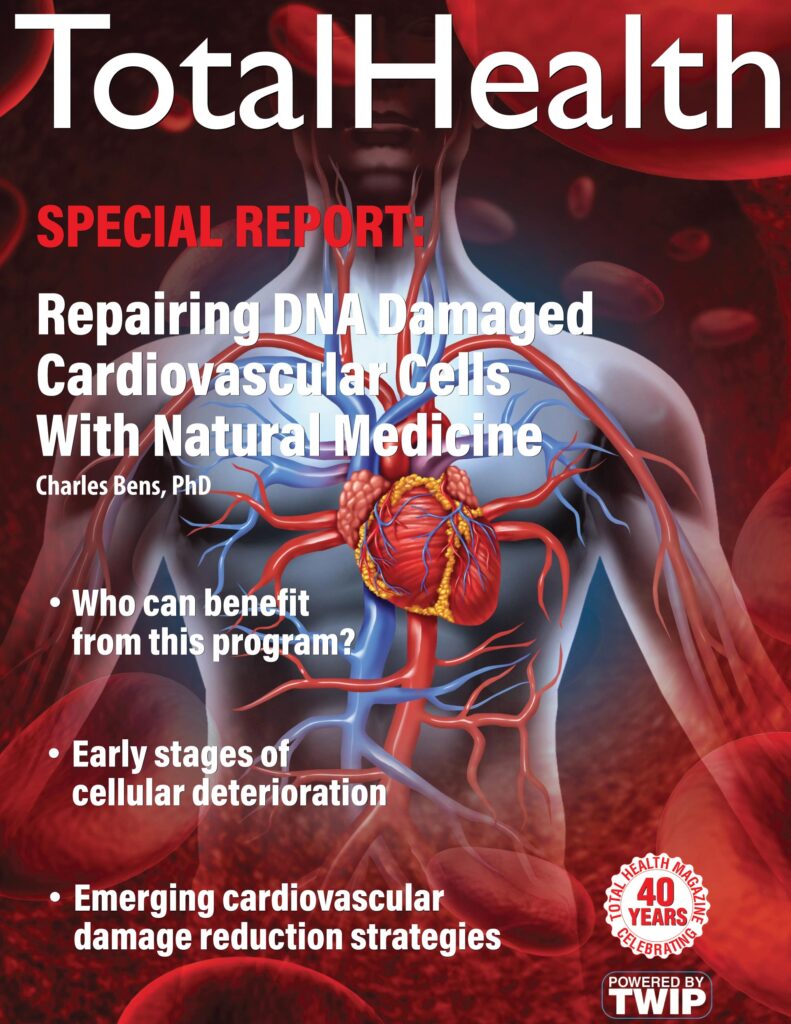
Standard of Care vs. Optimized Care
In most health statistical analysis, heart disease is considered to be the number one cause of death in the US and around the world.2 The American diet is so bad that even young adults in their twenties and thirties already have plaque forming in their arteries, as reported in the Journal of the American Heart Association in June 2021.3 While some improvement in conventional treatment for cardiovascular disease has occurred, in 2019 several studies exposed limitations to popular heart repair procedures.4 Some of the most commonly used conventional treatments for heart and circulatory challenges include the following:
- Coronary bypass grafting
- Heart valve repair/replacement
- Cholesterol lowering medication, such as statin drugs
- Arterial widening techniques such as angioplasty or stents
- Implantable defibrillators
- Blood pressure lowering medications such as ACE inhibitors
- Blood clotting inhibitors such as anticoagulants
- Radiofrequency ablation
- Heart rate controlling pacemakers
- Heart transplants
These medications and surgical procedures have helped to save and extend the lives of many people; however, they are very limited in their effectiveness. None of these treatment strategies repair the damaged cardiovascular cells thus denying patients the opportunity to experience a much longer the healthier life.
While prevention is certainly the number one opportunity to correct this continuing health problem there is evidence from the world of natural medicine that improved treatment strategies may also be emerging. Functional medicine, also known as natural medicine, uses a completely different approach to the treatment of atherosclerosis, otherwise referred to as heart disease. This natural approach typically uses the following strategies. 5,6,7,8
- Eating a plant focused Mediterranean diet
- Systematic gradual weight loss with a reduction of daily caloric intake by 10%
- Stopping alcohol and tobacco use with programmed natural addiction alternatives
- Stress reduction with meditation, deep breathing and/or yoga
- An exercise program with aerobic, resistance and flexibility training
- Increased magnesium consumption with green vegetables and/or supplements
- Antioxidant supplements to reduce arterial damage and limit cholesterol build-up
- The use of other proven supplements such as fish oil, vitamin C, vitamin E and CoQ10
Heart disease entered a new era beginning in 2020 with the emergence of the COVID-19 viral infection. The virus has turned out to be stronger than anticipated and capable of causing damage to key organs in the body, including the heart and the circulatory system. Many infected people began to experience rapidly developing blood clots, inflammation of the endothelial lining of blood vessels, and inflammation of the heart. The three primary conditions emerging from the COVID-19 literature are:
- Pericarditis- inflammation of the lining of the heart.
- Myocarditis- inflammation of the heart muscle causing the heart to work harder, become enlarged, experience scarring and in some cases death.
- Endothelial damage, vasculitis and vascular thrombosis
Having done extensive research of viral infections and the prevention and treatment of chronic illness, including heart disease, it was not a big leap to develop a prevention and a treatment protocol for the new COVID-19 infection. The medical literature pointed to over forty years of research with 40,000 plus evidence-based studies indicating the effectiveness of natural solutions such as vitamin D, vitamin C, quercetin, zinc and other anti-viral nutrients and nutraceuticals. COVID-19 patients not able to resolve their symptoms have become known as COVID-19 Long-haulers. The protocol I developed in July 2020 was aimed at these people and has been so successful that it was published in a medical journal in January 2021.9
After treating Long COVID sufferers for over eighteen months it became clear that almost every person achieved a full recovery, although for some the repair and recovery process took a little longer. About fifty percent of these people needed extra help resolving their heart-related challenges. As I dug deeper into the medical literature I discovered new research about nutraceuticals that showed considerable promise for helping these people to recovery faster and better. This article is the direct result of that research and may even be helpful in the repair and recovery process for people experiencing the early signs of these cardiovascular illnesses. If it can be shown that heart and cardiovascular system tissues can be repaired, then the prospects of a better life enhancing recovery may indeed be greatly enhanced.
Disclaimer: While this protocol is supported by solid scientific evidence it is always advisable to consult a well-trained and qualified medical professional to ensure that individual biochemistry and conditions are taken into consideration.
Repairing DNA Damaged Cardiovascular Cells with Natural Medicine
| Previous page: Abstract | Next Page: Repairing Damaged Heart Tissues |


